Clusters of caterpillars on Serviceberry - What are they?
Jim
12 years ago
Related Stories

GARDENING GUIDESGreat Design Plant: Amelanchier Signals Spring With Airy White Blooms
With roughly 20 species of serviceberry native to the U.S., bees can feed on the early-season blooms while birds enjoy the summer berries
Full Story
GARDENING GUIDES8 Native Shrubs for Year-Round Bird Feeding
It’s not just about berries. These plants provide insects for birds and seasonal interest for gardeners
Full Story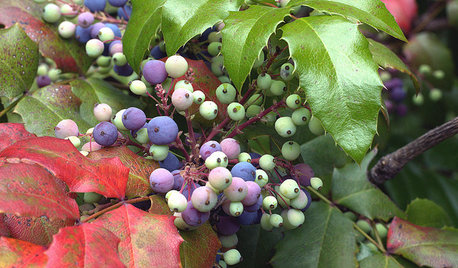
GARDENING GUIDESGreat Design Plant: Mahonia Aquifolium for Birds
Oregon grape puts on a bold spectacle from spring through winter and is ideal to brighten partly shady corners in the U.S. West
Full Story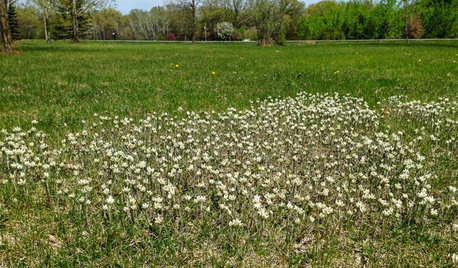
GARDENING GUIDESGreat Design Plant: Antennaria Neglecta
Plant field pussytoes in midwestern and eastern U.S. rock gardens for early-spring flowers and silver foliage
Full Story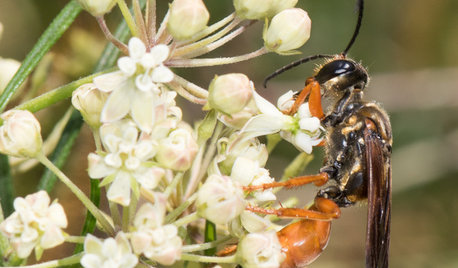
GARDENING GUIDESGreat Design Plant: Asclepias Verticillata
Plant whorled milkweed in dry central and eastern U.S. gardens to attract monarch butterflies and other insect pollinators
Full Story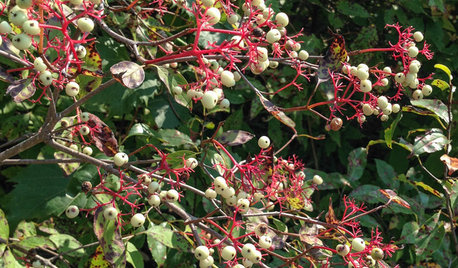
GARDENING GUIDESGreat Design Plant: Cornus Racemosa
In eastern North America, plant gray dogwood for erosion control or privacy, and you'll get flowers, berries and maroon fall foliage too
Full Story
MOST POPULARMeet a Lawn Alternative That Works Wonders
Carex can replace turfgrass in any spot, is low maintenance and adjusts easily. Add its good looks and you’ve got a ground cover winner
Full Story
GARDENING GUIDESHow I Learned to Be an Imperfect Gardener
Letting go can lead to a deeper level of gardening and a richer relationship with the landscape. Here's how one nature lover did it
Full Story
GARDENING GUIDESPrunus Virginiana Thrives Under Deciduous Trees
Plant chokecherry for showy white flowers favored by native bees in spring, and to provide nesting habitat and food for birds
Full Story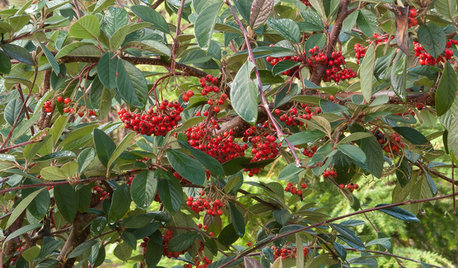
GARDENING GUIDESGreat Design Plant: Cotoneaster Lacteus
Parney cotoneaster is a low-maintenance, four-season shrub that offers great foliage, spring flowers and jewel-like berries
Full StorySponsored
Your Custom Bath Designers & Remodelers in Columbus I 10X Best Houzz
More Discussions







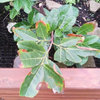

anitamo
Kimmsr
Related Professionals
Canton Landscape Architects & Landscape Designers · 70037 Landscape Architects & Landscape Designers · Clemson Landscape Architects & Landscape Designers · Manorville Landscape Architects & Landscape Designers · Willowick Landscape Architects & Landscape Designers · Broomfield Landscape Contractors · El Reno Landscape Contractors · Estelle Landscape Contractors · Fort Worth Landscape Contractors · Goodlettsville Landscape Contractors · Los Banos Landscape Contractors · Salem Landscape Contractors · Wallingford Landscape Contractors · York Landscape Contractors · Bull Run Specialty Contractorsrhizo_1 (North AL) zone 7
jean001a
JimOriginal Author
anitamo
rhizo_1 (North AL) zone 7
JimOriginal Author
anitamo